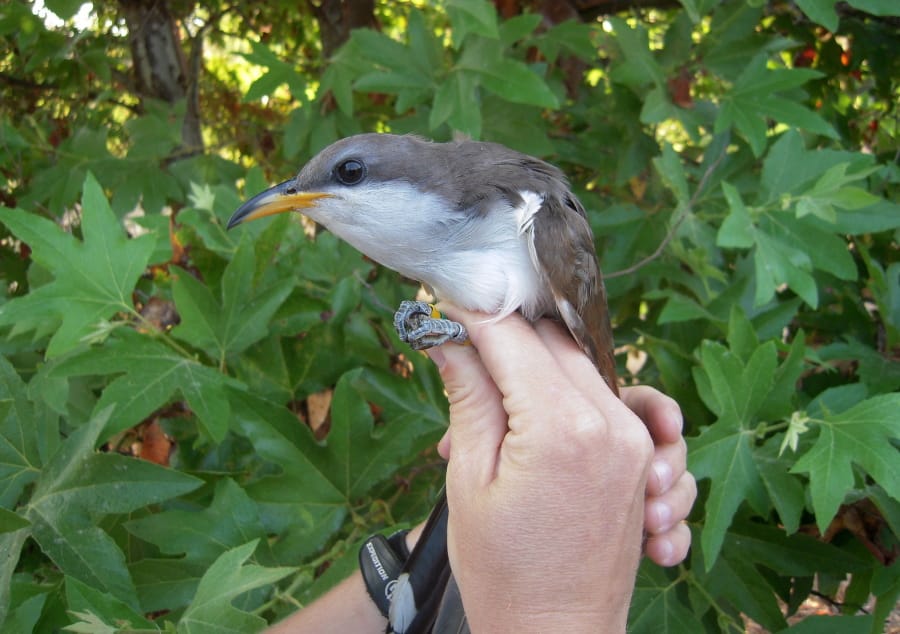ALBUQUERQUE, N.M. — U.S. wildlife managers proposed Thursday to set aside a vast area across seven Western states as habitat critical to the survival of a rare songbird that migrates each year from Central and South America to its breeding grounds in Mexico and the U.S.
The U.S. Fish and Wildlife Service made public its recommendation for the western yellow-billed cuckoo in a federal notice. If approved, the designation would affect activities that involve federal funding or permitting along hundreds of miles of rivers and streams in Arizona and New Mexico north to Idaho.
Each spring and fall, the cuckoo uses river corridors as routes to travel between its wintering and breeding grounds. Nesting pairs find refuge in willows, cottonwoods and other trees along waterways and once their chicks hatch, their voracious appetites for insects help them fuel up for the return trip south.
The birds play a role in the health of river systems throughout their range, said Michael Robinson with the Center for Biological Diversity, one of the groups pressing for more protections for the threatened species.
“The birds return year after year to the river valleys that often have eruptions of caterpillars, cicadas, grasshoppers and other invertebrates that would otherwise defoliate all the trees if there wasn’t something like a yellow-billed cuckoo to control them,” Robinson said.
With its long tail and flashy white markings, the cuckoo also is referred to as a “rain crow.” It’s often heard on humid afternoons, its distinctive song of coos and rattling clicks preceding the summer storms.
Federal biologists describe the cuckoo as an elusive species. Difficult to observe, it selects its nesting spots based on habitat conditions and the availability of food. That means breeding habitat not suitable one year may become suitable the next due to increased rainfall or flooding, while favorable areas might degrade the next year.
In proposing the critical habitat, the Fish and Wildlife Service took into account the dynamic nature of the cuckoo’s nesting and breeding habits.
The agency said threats to the bird’s habitat include altered hydrology, grazing, nonnative vegetation, human disturbance and climate change.
“The cuckoo’s decline brings us a message about the desperate situation of Western rivers,” Robinson said.



